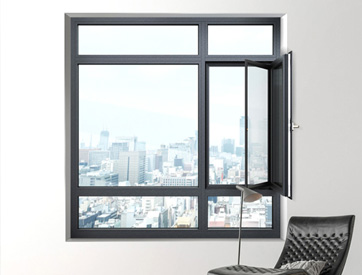Tilt and Turn: A Revolutionary Design in Modern Windows
The advent of tilt-and-turn windows marks a rethinking of architectural ventilation methods. This window design breaks through the limitations of traditional sliding windows, achieving multi-dimensional opening mechanisms through innovative mechanical structures. It is not just an innovation in building components but also a testament to human ingenuity in the pursuit of comfortable living.

Technological Breakthroughs in Tilt-and-Turn Windows
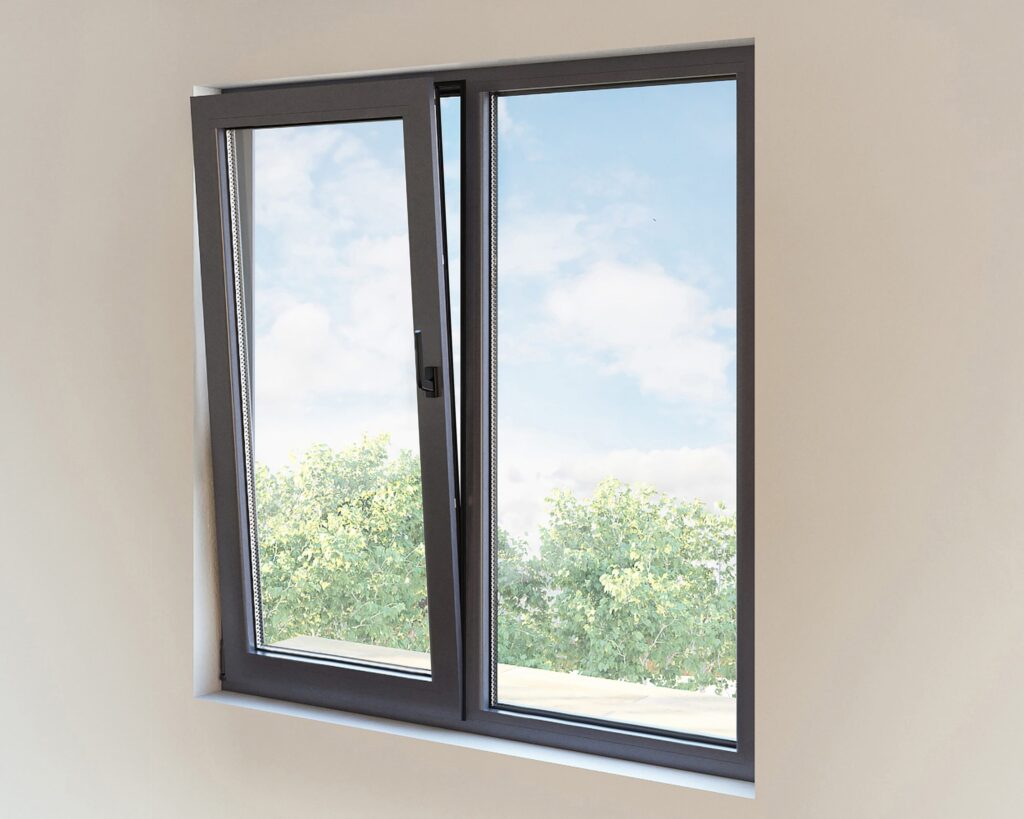
The core of tilt-and-turn windows lies in their precision-engineered mechanical structure. Through a specialized hinge system, the windows can tilt inward at a 15-degree angle for ventilation or rotate 180 degrees for thorough cleaning. This design leverages principles of physics and mechanics, enabling stable operation through center-of-gravity adjustments. The precision machining of hardware ensures long-term reliability and durability.
In terms of materials, modern tilt-and-turn windows often use high-strength aluminum alloys or UPVC, combined with double- or triple-glazed glass, achieving excellent thermal insulation while maintaining structural integrity. Innovative sealing systems ensure airtight and watertight performance in both tilted and rotated states.
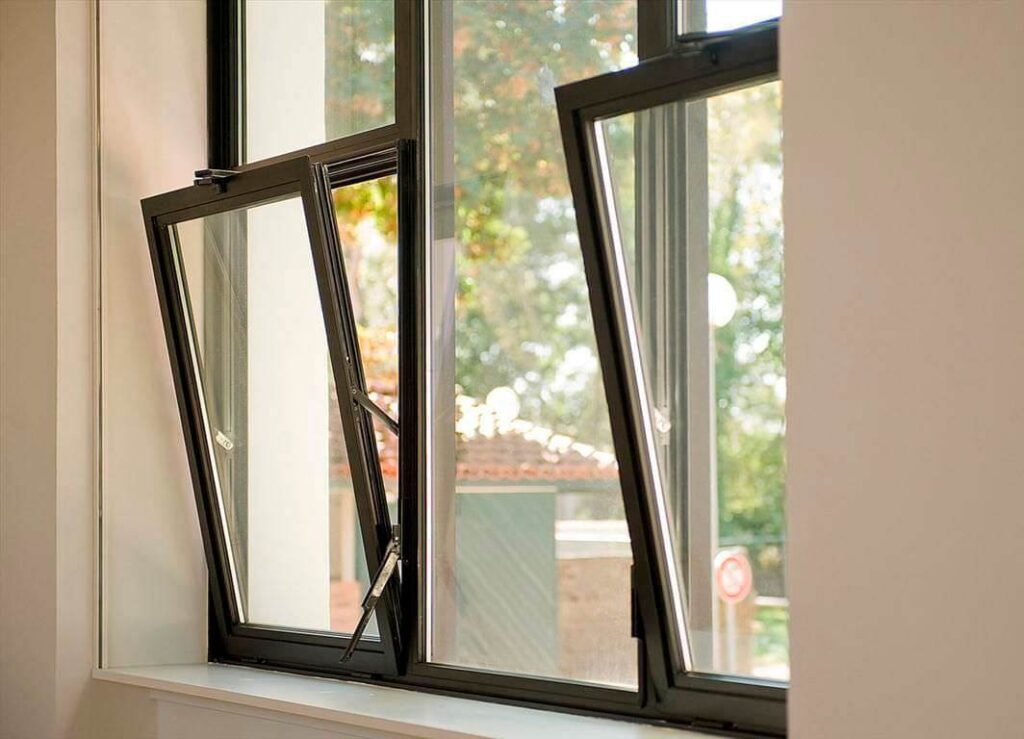
Comprehensive Functional Advantages
The ventilation performance of tilt-and-turn windows is one of their most notable strengths. The small-angle tilt mode allows for continuous airflow while ensuring safety, making it particularly suitable for high-rise buildings and harsh weather conditions. The rotating function completely solves the challenge of window cleaning, allowing users to easily clean both sides of the glass.
In terms of safety, this window design offers multiple protective features. When tilted, the opening is limited, preventing accidental falls by children. When rotated, the window remains connected to the frame, eliminating the risk of objects falling from heights. Additionally, modern tilt-and-turn windows are equipped with multi-point locking systems, significantly enhancing security.
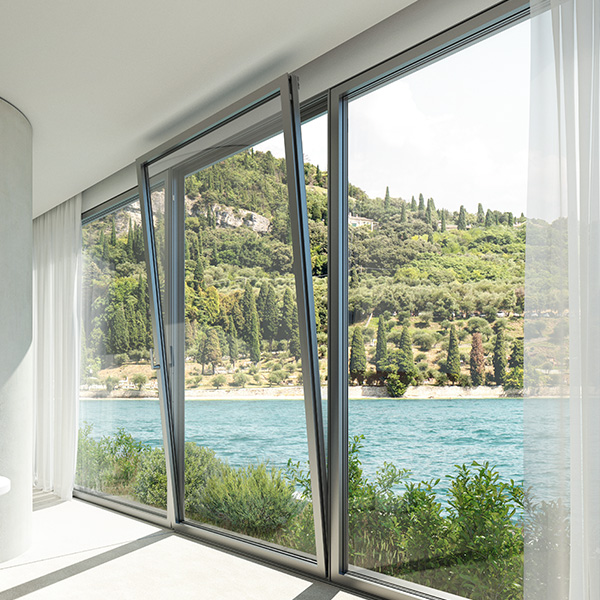


Perfect Integration of Design Aesthetics

Tilt-and-turn windows embody minimalist aesthetics. Hidden hinges and clean lines create a seamless surface when closed, perfectly complementing modern architectural styles. This design not only enhances the overall appearance of buildings but also maximizes natural light indoors.
In terms of space utilization, tilt-and-turn windows offer unique advantages. Their opening mechanism does not occupy indoor or outdoor space, making them ideal for small apartments and compact designs. This innovation liberates the space constraints around traditional windows, providing greater flexibility for interior design.
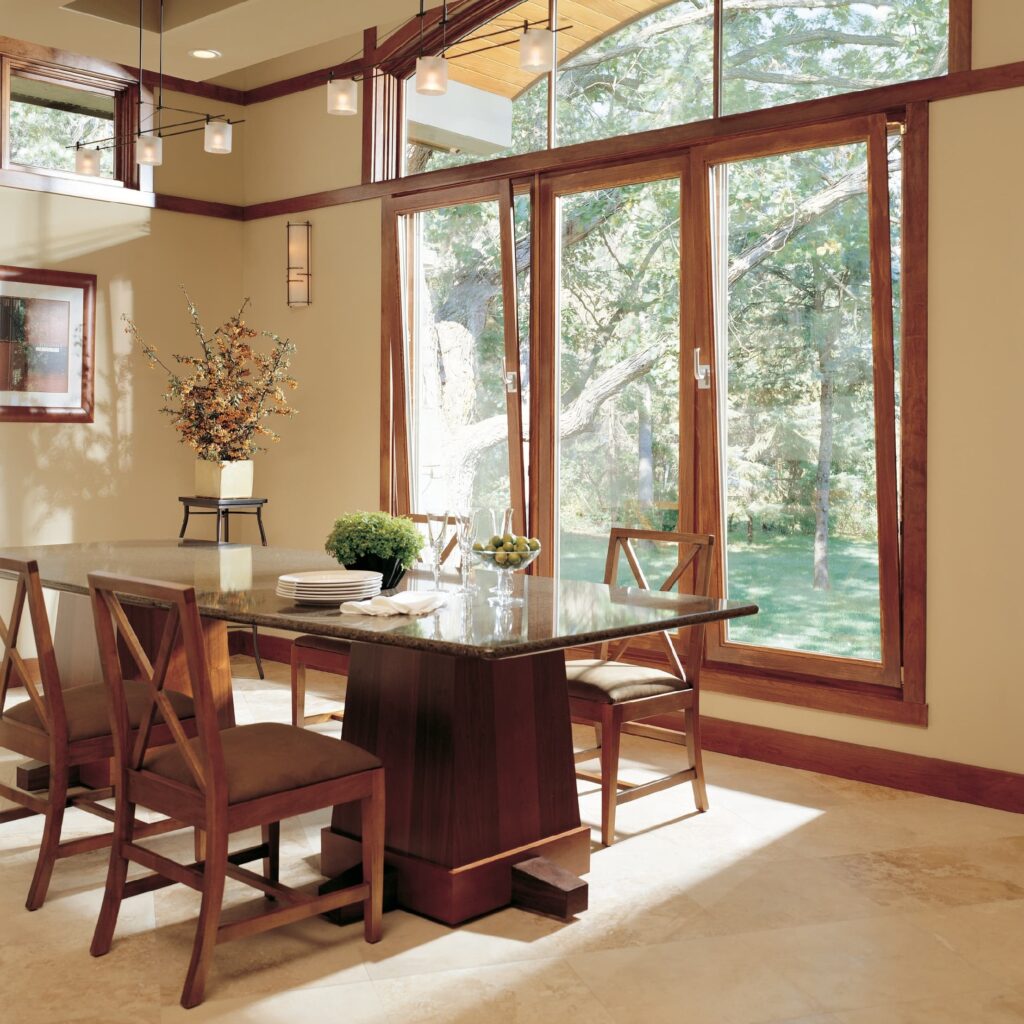

Tilt-and-turn windows represent the pinnacle of modern window design. They address numerous pain points of traditional windows while bringing revolutionary changes to architectural design and living experiences. This innovative design showcases human ingenuity in building technology and points to new directions for future architectural development. As technology continues to advance, tilt-and-turn windows will undoubtedly see broader adoption, creating more comfortable and safer living environments for people.
